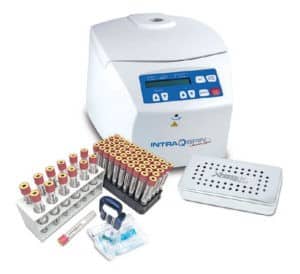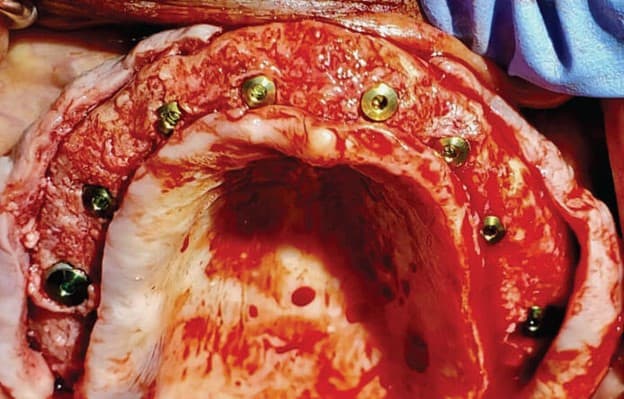Editor’s intro: Dr. Justin D. Moody takes a look at incision-line opening and offers ways to avoid this common postoperative complication.
Dr. Justin D. Moody discusses solutions for a common postoperative complication
Last week I had the privilege of mentoring doctors at the New Horizon Dental Institute in a live surgical course. Over the course of 2 days, more than 900 teeth were removed, 28 alveoloplasties were performed, and 245 dental implants were placed either as full arch or single units. As all of these patients will return for postoperative appointments and eventual restorative treatment here at the Institute by Dr. Heather Wilson and her team, she will confirm that incision-line opening is by far the most common postoperative complication that they will see. This leads me to ask the question, “Why?”
I believe that several factors play a part in incision-line opening. First and foremost is the skill set and experience of the surgeon. In dental school, many dentists perform a very limited amount of surgical procedures and, therefore, do not become proficient in suturing skills. Without practice and experience, confidence is low, and dentists are far less likely to perform these procedures when they enter into private practice.
 Figure 1: IntraSpin™ L-PRF machine by Intra-Lock
Figure 1: IntraSpin™ L-PRF machine by Intra-Lock
Another very important factor is technique. It is my observation that many dentists will just pull the tissue tight with sutures and dismiss the patient, thinking that this is successful only to find the patient back in the chair a few days later with a wide open incision. It is important that the flap edges re-approximate tension-free in order for primary closure to occur. This can be accomplished by reducing the bone level with alveoloplasty or by tissue elongation procedures. When these steps are taken, the occurrence of incision-line opening can be greatly reduced.
 Figures 2 and 3: 2. Growth factors from the patients own blood captured using the IntraSpin. 3. L-PRF prepared in the Expres-sion by Intra-Lock to be mixed with MinerOss® 50/50 allograft by BioHorizons
Figures 2 and 3: 2. Growth factors from the patients own blood captured using the IntraSpin. 3. L-PRF prepared in the Expres-sion by Intra-Lock to be mixed with MinerOss® 50/50 allograft by BioHorizons
An important clinical observation to note is the significant difference in healing when platelet-rich fibrin (PRF) is used in the closure of incisions as compared to those sites that did not have PRF. The team at New Horizon has noted over and over again that the sites that were sutured over L-PRF heal much faster, with less inflammation, and with far less incision-line opening. This technology from Intra-Lock® International has changed postoperative follow-up visits from dreaded to anticipated!
 Figure 4: Full arch of extractions, implant placement, and sockets grafted with the MinerOss/L-PRF mixture
Figure 4: Full arch of extractions, implant placement, and sockets grafted with the MinerOss/L-PRF mixture
 Figure 5: Closure of full arch incision using 4-0 PGA sutures
Figure 5: Closure of full arch incision using 4-0 PGA sutures
Regardless of the complexity of the procedure, from a simple socket graft to a full arch reflection of tissue, it is important that you take your time to manage the soft tissue and achieve primary closure. Learn and practice good suturing techniques. Consider getting training on the use of biological growth factors such as L-PRF. By simply focusing on effective suturing, you will see a large decrease in your surgical complications.
 Figure 6: Lower full arch just 4 days post-op having used L-PRF (Surgery by Dr. Wade Pilling)
Figure 6: Lower full arch just 4 days post-op having used L-PRF (Surgery by Dr. Wade Pilling)
After reading Dr. Moody’s article on solutions for incision-line opening, check out “You can’t forget about the tissue,” his article on the importance of soft tissue evaluation.
Stay Relevant With Implant Practice US
Join our email list for CE courses and webinars, articles and mores


